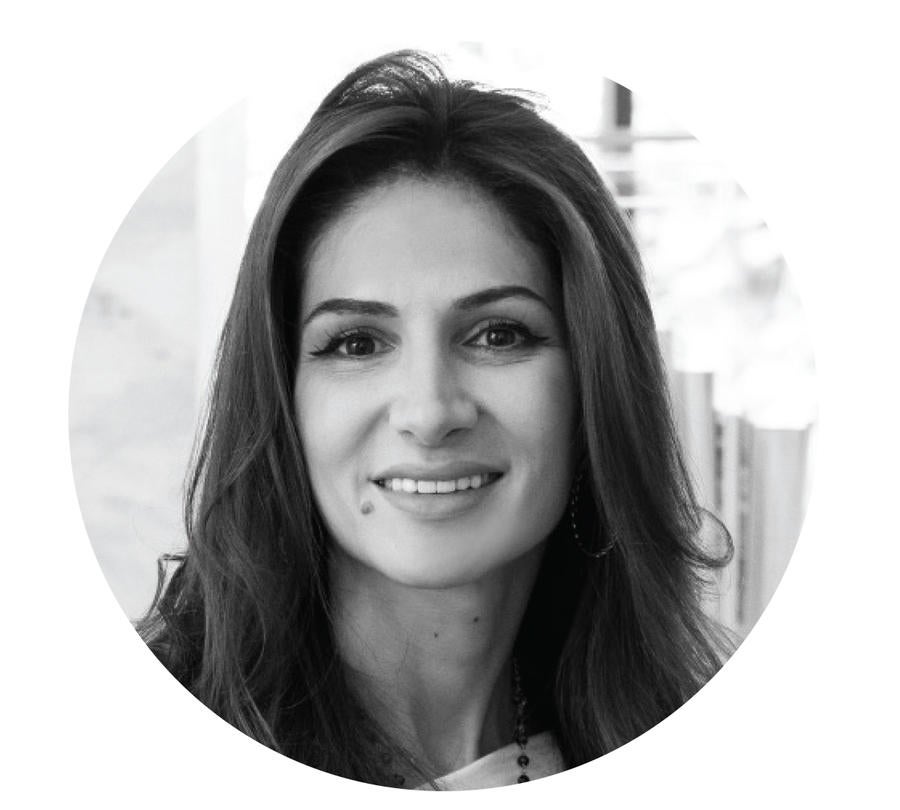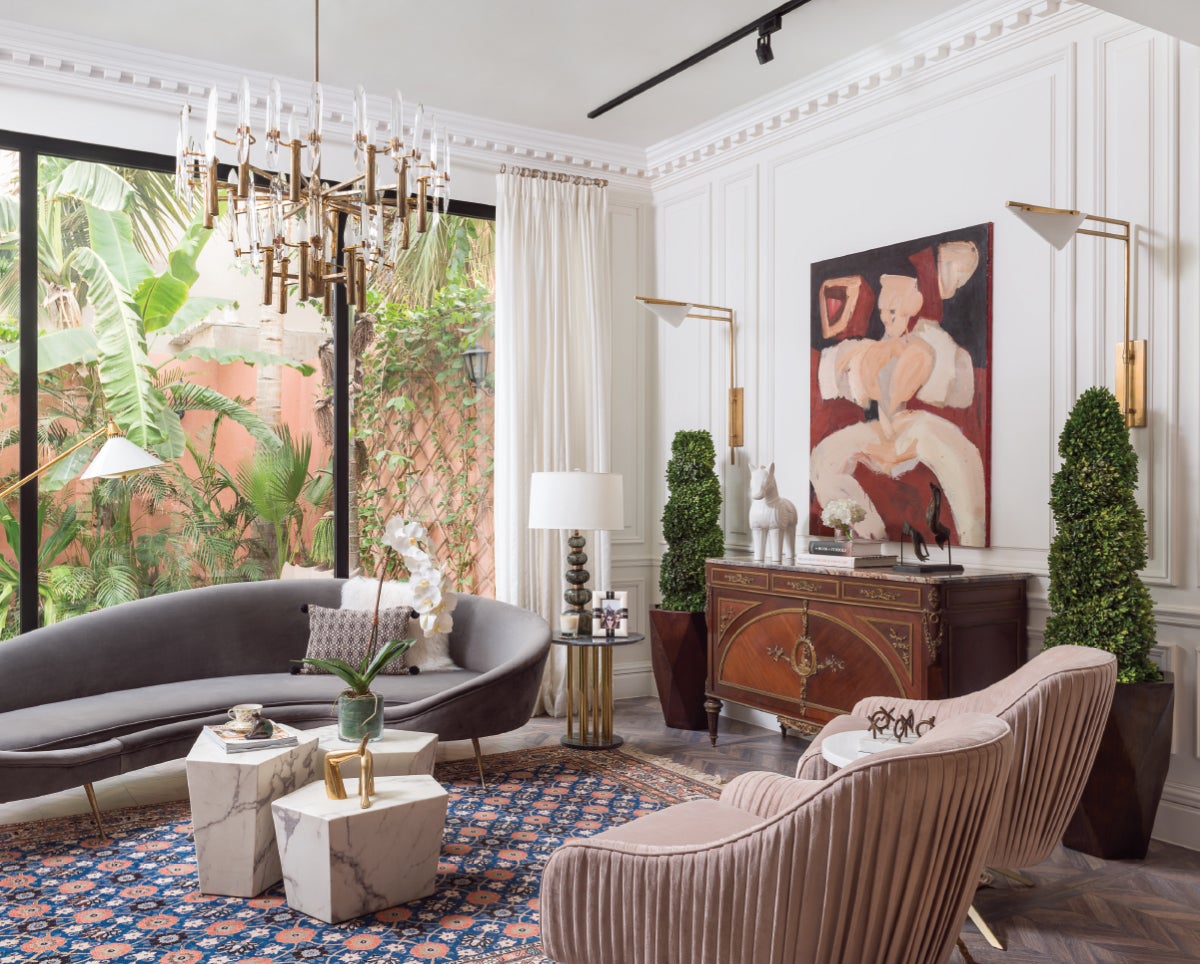Internationally acclaimed interior designer Rawan Alsahsah pioneered as the first woman designer in Saudi Arabia. Now, she’s on to her next frontier: BioGeometry.
In 2002, Jeddah, Saudi Arabia–based interior architect Rawan Alsahsah was one of the first women to start her own design firm in the country. By last year, she was on the crest of a wave: Her firm, RIS Interiors, had just received an IIDA Excellence Award, and had amassed an impressive list of clients, from well-to-do New Yorkers to Saudi Arabian royalty. In spite of all the success, Alsahsah knew there had to be more: “You know when you realize everything is perfect, but there’s something missing on the inside?”

Rawan AlsahsahAbdulrahman Bayashout, courtesy of RIS Group

Ready to dig in?
This article is available exclusively for
BOH subscribers and BOH Insiders.
BOH subscribers and BOH Insiders.
Want full access?










































